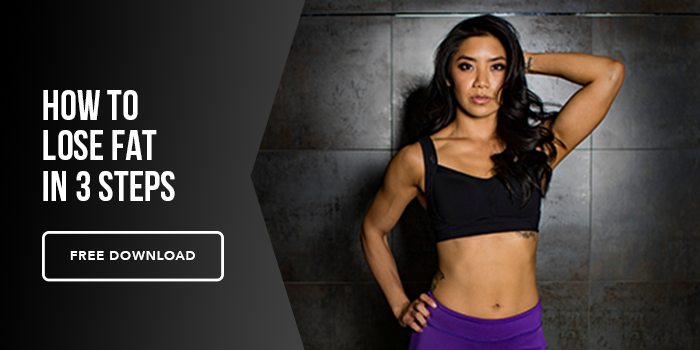Why run around the block to burn fat if you can just make someone else do it for you? Seriously—that’s an option. I mean, you don’t see Jeff Bezos delivering Amazon boxes. He outsources the dirty work to someone else! That’s what I’m going to teach you to do. Instead of asking your feet to do cardio until you’ve burned off last night’s pizza, train your metabolism to do it for you. How? That’s where resistance training comes in. Lifting weights reprograms your metabolism to burn more calories even when you’re doing absolutely nothing.
1. More Muscle = Higher Resting Metabolic Rate
Your Resting Metabolic Rate (RMR) is the number of calories your body burns just to keep you alive—breathing, thinking, keeping your organs running. And the biggest influencer of RMR? Muscle mass.
-
Muscle is metabolically active, meaning it burns calories even when you're at rest.
-
Studies show that for every pound of muscle gained, you burn an extra 6-10 calories per day. Over the course of a lifetime, that adds up to a lot of guilt-free hamburgers!
-
The more muscle you have, the higher your daily calorie burn—without needing to do extra cardio.
2. The Afterburn Effect: Why Strength Training Keeps You Burning Calories Longer
Unlike cardio, which burns calories only while you're doing it, strength training has a powerful afterburn effect—also known as EPOC (Excess Post-Exercise Oxygen Consumption).
-
After a lifting session, your body has to work overtime to repair muscle, restore oxygen levels, and replenish energy stores.
-
This process increases calorie burn for 24-48 hours post-workout.
-
The more intense your resistance training, the greater the afterburn.
Translation? You keep burning fat long after you’ve left the gym.
3. Resistance Training Improves Insulin Sensitivity (Which Means Less Fat Storage)
Insulin is a hormone that helps shuttle nutrients into your cells. When you’re insulin sensitive, your body efficiently uses carbohydrates for energy instead of storing them as fat.
-
Lifting weights improves insulin sensitivity, making your muscles more efficient at absorbing and using glucose.
-
This means less excess sugar floating around in your bloodstream, better organ arterial health, and less fat accumulation.
-
Cardio has some benefits here, but resistance training has been shown to have a stronger and more lasting impact on insulin regulation.
Want to eat more carbs without gaining fat? Lift weights.
4. Weight Training Prevents Muscle Loss While Dieting
A calorie deficit is necessary for fat loss, but without resistance training, you risk losing muscle along with fat.
-
Countless piles of peer reviewed research show participants who lifted weights while dieting lost significantly more fat while preserving muscle mass, compared to those who only did cardio.
-
Why is muscle loss so bad? Muscle loss lowers your metabolic rate, meaning you burn fewer calories over time—making fat loss harder.
-
Strength training sends the message: “Keep the muscle, burn the fat.” This isn’t just bro-science. It really is true that if you don’t use it, you lose it.
5. Stronger Muscles, Stronger Bones, Stronger Metabolism
A fast metabolism isn't just about calorie burn—it's about overall health and longevity. Resistance training has benefits that go far beyond aesthetics:
-
Strengthens bones: Weight-bearing exercises increase bone density, reducing the risk of osteoporosis.
-
Supports hormone health: Strength training helps regulate key hormones like testosterone and growth hormone, which play a role in metabolism and body composition.
-
Improves overall energy levels: A stronger body means a more efficient system, leading to better endurance and energy throughout the day.
How to Use Strength Training to Boost Your Metabolism
Want to maximize your metabolic output? Here’s how to structure your workouts:
-
Prioritize compound movements: Squats, deadlifts, presses, and rows engage multiple muscle groups and burn the most calories.
-
Lift heavy (but smart): Challenging your muscles with progressive overload (gradually increasing weight or reps) forces your body to adapt and grow.
-
Incorporate high-intensity strength circuits: Pairing compound lifts with minimal rest keeps your heart rate elevated while maintaining the benefits of strength training. This isn’t necessary, and most of your training should probably be spent resting between sets until you feel strong and ready. However, there are plenty of benefits to high-intensity training; and it’s a great tool to have.
-
Train 3-4x per week: While more isn’t always better, it’s true that more sessions = more opportunities for muscle growth and metabolic benefits. Just be sure to listen to your body and cut down on your frequency if you start to feel you’ve accumulated too much fatigue. You can still get plenty of results training twice a week.
Wrap Up
If you want a faster metabolism, more fat-burning power, and long-term weight management, resistance training is your best bet.
✔ It increases your resting metabolic rate (RMR).
✔ It creates an afterburn effect (EPOC), keeping you burning calories post-workout.
✔ It improves insulin sensitivity, meaning better carb utilization.
✔ It prevents muscle loss while dieting.
✔ It supports long-term metabolic health.
Cardio burns calories in the moment. Strength training burns calories for the long haul. If you’re serious about fat loss, it’s time to pick up the weights.






